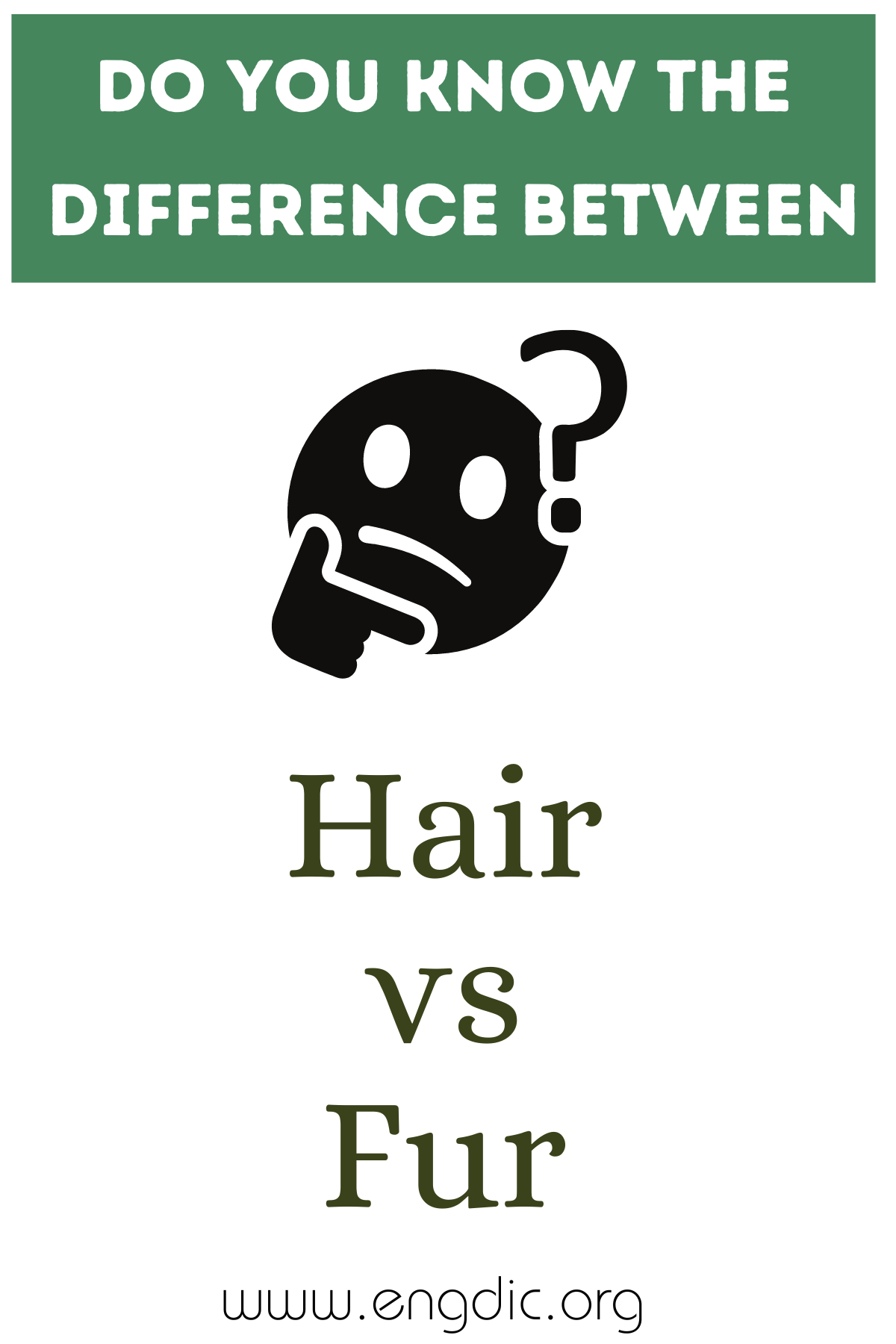Hair and fur fundamentally share the same protein structure but differ in terminology, density, and functionality.
“Hair” commonly refers to human strands, varying in texture and length, and functions for aesthetics and warmth.
“Fur,” often used for mammals, is denser and forms a protective coat for insulation and camouflage.
While hair grows continually, fur typically follows growth cycles with uniform lengths. The distinction is primarily in usage rather than scientific basis, as both consist of keratin and serve similar biological roles in warmth and protection.
Hair
Definition: Hair refers to the thread-like strands growing from the skin of mammals, particularly humans.
Usage:
- Aesthetics: Hair on the head is often styled for fashion.
Example: “She braided her long hair for the wedding.” - Thermal Regulation: Hair insulates the body and maintains warmth. Example: “In winter, thick hair can help keep you warm.”
- Sensory Function: Hair detects external stimuli, especially in sensitive areas. Example: “Eyelashes protect the eyes from dust and other irritants.”
Fur
Definition: Fur is the thick covering of soft hair found on many non-human mammals.
Usage:
- Insulation: Fur helps animals regulate body temperature in different climates. Example: “Arctic foxes have thick fur to endure the cold.”
- Camouflage: Fur often matches an animal’s environment, aiding in hiding from predators or prey. Example: “A tiger’s striped fur blends with jungle shadows.”
- Water Resistance: Fur in some animals repels water, allowing for quick drying. Example: “Otters have dense fur that keeps them dry even in cold water.”
Both hair and fur serve vital functions, but understanding their distinct usage helps appreciate their roles in the animal kingdom.







